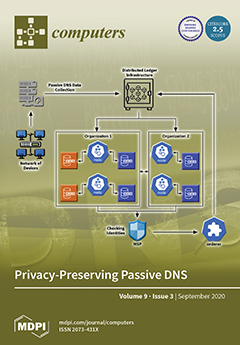This paper investigates the effect that selected auditory distractions have on the signal of a visual P300 Speller in terms of accuracy, amplitude, latency, user preference, signal morphology, and overall signal quality. In addition, it ensues the development of a hierarchical taxonomy aimed
[...] Read more.
This paper investigates the effect that selected auditory distractions have on the signal of a visual P300 Speller in terms of accuracy, amplitude, latency, user preference, signal morphology, and overall signal quality. In addition, it ensues the development of a hierarchical taxonomy aimed at categorizing distractions in the P300b domain and the effect thereof. This work is part of a larger electroencephalography based project and is based on the P300 speller brain–computer interface (oddball) paradigm and the xDAWN algorithm, with eight to ten healthy subjects, using a non-invasive brain–computer interface based on low-fidelity electroencephalographic (EEG) equipment. Our results suggest that the accuracy was best for the lab condition (
LC) at 100%, followed by music at 90% (
M90) at 98%, trailed by music at 30% (
M30) and music at 60% (
M60) equally at 96%, and shadowed by ambient noise (
AN) at 92.5%, passive talking (
PT) at 90%, and finally by active listening (
AL) at 87.5%. The subjects’ preference prodigiously shows that the preferred condition was
LC as originally expected, followed by
M90,
M60,
AN,
M30,
AL, and
PT. Statistical analysis between all independent variables shows that we accept our null hypothesis for both the amplitude and latency. This work includes data and comparisons from our previous papers. These additional results should give some insight into the practicability of the aforementioned P300 speller methodology and equipment to be used for real-world applications.
Full article





